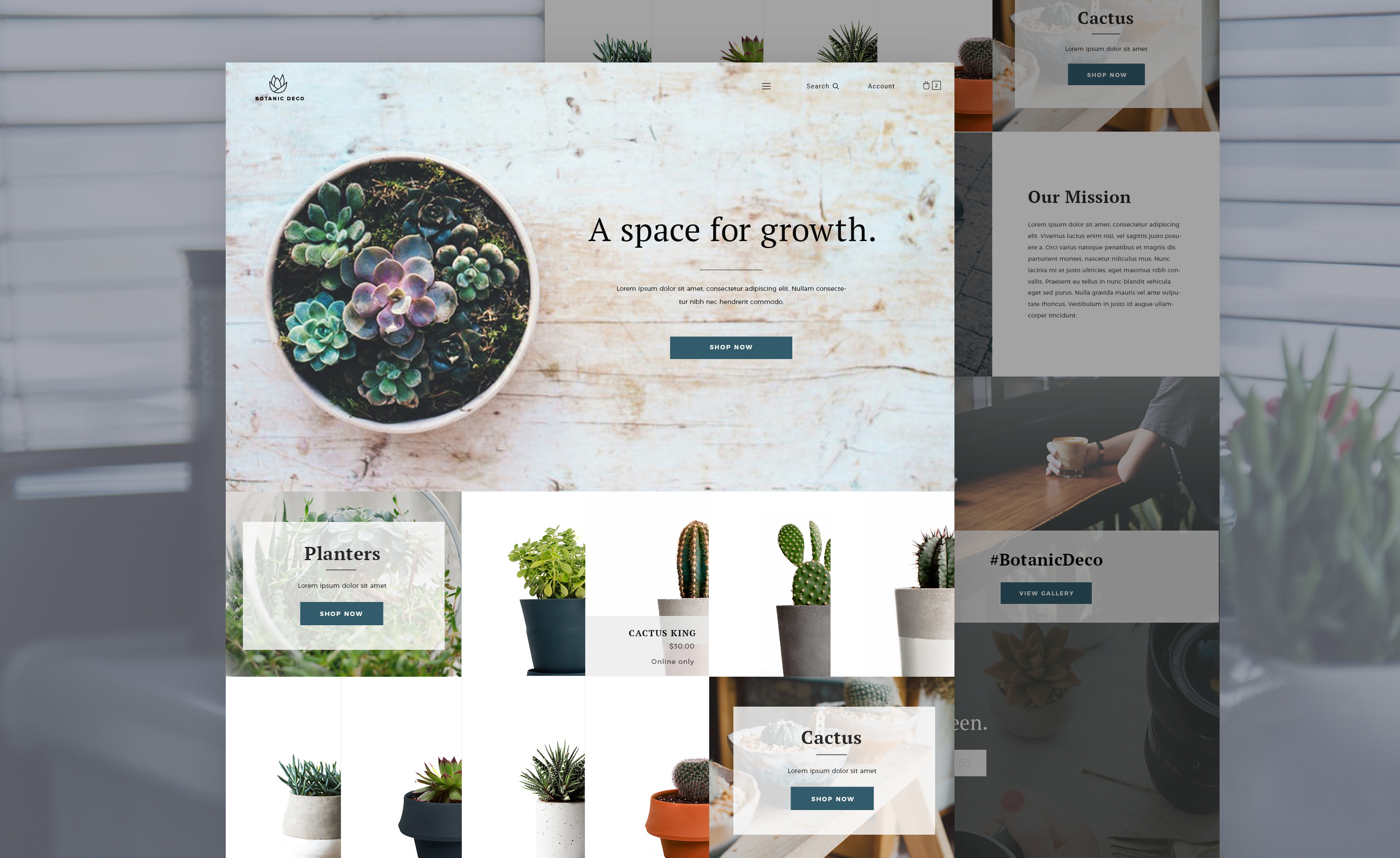By Miva | May 10, 2018

See why top ecommerce brands use Miva’s no-code platform to run
multiple stores, manage massive catalogs, and grow their revenue.
How to get the most out of your storefront template design
In retail, looks matter. A great looking storefront can make a big difference in the way customers experience your brand and your products. You might have the greatest product ever invented, but you won’t find many customers willing to plunk down their hard-earned cash if your presentation and platform don’t hit the mark. Consider Apple. Both the company’s brick and mortar and online stores are sleekly designed to create not only a great user experience but a perception of quality and technological superiority. Apple’s products are great – but the company’s presentation is what has propelled Apple into the most successful consumer brand of the last decade.
In online retail, the look, feel, and user experience of your storefront is paramount, as it is the main interaction customers will have with your brand. With an online store, you won’t have the luxury of live employees to help create a positive experience (of course, you do get the benefit of not having to pay exorbitant lease fees when you conduct your business online). Regardless of whether you offer your product online exclusively or through a combination of online and brick and mortar, you must get it right.
Generally speaking, there are two design options for building an online ecommerce site – custom and template. Each option has its pros and cons. The size, scope, and goals of your business will determine which option is best for you, and there are ways to combine the two to fit your needs.
Custom Storefront
Custom is a great option if you have an unlimited budget (which you almost certainly do not). You’ll be able to create the perfect design and user experience tailored to your exact specifications. Custom allows you to create unique branding – and a one of a kind customer experience unlike anything else. Sounds great right? It is until you see the price tag. Custom sites are one of a kind and built from the ground up, requiring talented designers and programmers working at a hefty hourly rate. It also requires your team to stay engaged with the project – spending hours that could be better allocated elsewhere. Custom online stores are an investment. If your business is booming and you’re ready to scale up quickly, custom is also a great choice. However, it can be difficult to determine whether or not your business is ready for expansion. If you are unsure if you’re ready to scale up, ask yourself these questions. If your business isn’t ready to scale and your budget is modest, you’ll want to utilize a template instead.
Template Storefront
Using a template for your online storefront is effective, affordable and simple – but it can also be limiting. Most templates are pre-designed, pre-packaged, one-size-fits-all solutions that generally have limited functionality and design options. For some businesses, a simple template works great – especially if budget is your main concern. Most templates do give you the ability to customize your site but be warned – “customization” is a bit of an overstatement. You’ll be able to choose colors and add photos, text and your logo – the basics. The reality is, though, that using a basic template will make your store look just like thousands of others online, hampering your ability to define a unique space in the market. If you require more in-depth customization, you’re likely to be disappointed by most out-of-the-box templates. Not all templates, however, are created equal.
Optimizing Your Template for a Better User Experience
Though the “either-or” perception of custom versus template sites remains strong, times have changed. There is now a happy medium between the custom site and the out-of-the-box template. Many modern ecommerce templates offer increased functionality that allows you to create more custom modules – and more easily scale up when your business is ready. Many popular ecommerce solutions, like Shopify, offer incremental customization through the use of plug-ins – individual software modules that can be added to existing platforms to enhance functionality. Plug-ins can be an effective way to scale on a budget – but can also lead to unforeseen issues on the back end due to integration challenges.
There is another way, however. Miva ReadyThemes are free templates with robust customization options that allow you to scale on your own time – and a realistic budget.
ReadyThemes thread the needle between custom and template sites, offering simple scalability and a wide range of custom functionality that allows you to create an entirely unique online experience that delights consumers and helps your brand stand out among the crowd. Unlike services that utilize plug-ins, Miva ReadyThemes feature native customization functionality that does not rely on outside software – eliminating issues with integration and avoiding rapidly increasing costs.
With ReadyThemes, you’ll have the freedom to customize without paying a custom price. ReadyThemes are built on Miva’s SaaS-based, multi-tenant hosted environment, offering a solution that is closer to an expensive enterprise solution – but as affordable as a basic theme. Perhaps most importantly, ReadyThemes allow you to scale your business incrementally, instead of trying to define a breaking point and make a major investment in a custom site without knowing what comes next. You can easily modify Miva ReadyThemes yourself, but our Professional Services Team and agency partners offer the expertise to help you optimize your online experience, so you can concentrate on growing your business.
Focus on What’s Important
Online retail can be a very exciting and very profitable enterprise – especially if you have a great product that people love. To succeed, however, you must zero in on the user experience before pouring funds into expansion and marketing efforts. Too often, promising online businesses fail because they tried to expand too quickly or failed to map out the customer journey and create an experience that keeps buyers engaged. Once you’ve perfected your product, focus on how your customers shop, what type of experience they prefer, and what keeps them coming back for more – starting with your online store. Mention that if you choose the ReadyTheme route you can use it as a starting point and build/customize over its foundation.

Tom McFadden is a creative brand copywriter, communications strategist and a person who is generally interested in things—which is why, he figures, he became a copywriter in the first place. As a Miva contributor, Tom explores the nuances of the digital marketing space. Tom resides in San Diego and spends his free time doing fun things, like writing.
Love it? Share it!
No worries, download the PDF version now and enjoy your reading later...
Download PDF Miva
Miva
Miva offers a flexible and adaptable ecommerce platform that evolves with businesses and allows them to drive sales, maximize average order value, cut overhead costs, and increase revenue. Miva has been helping businesses realize their ecommerce potential for over 20 years and empowering retail, wholesale, and direct-to-consumer sellers across all industries to transform their business through ecommerce.
Visit Website